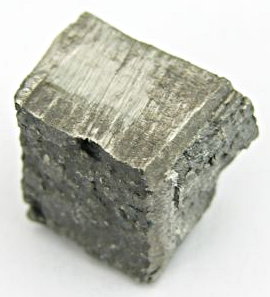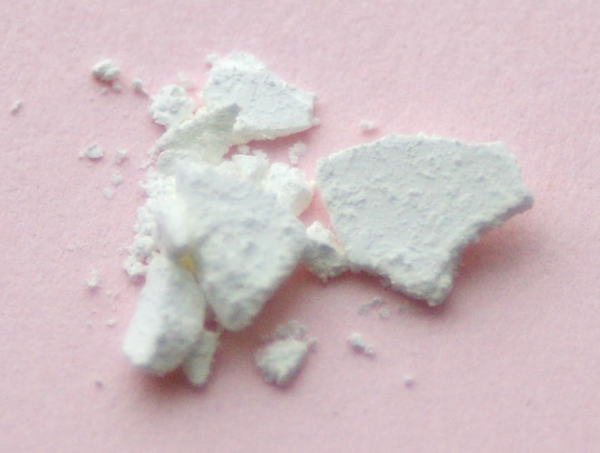Dysprosium prices highly pure

Dysprosium Metal highly pure
Dysprosium metal
French chemist Paul Emile Lecoq de Boisbaudran isolated 1886 dysprosium oxide from an impure sample of holmium oxide. He had great difficulty deriving the metal itself from the oxide, calling it "hard to get". It is not surprising that the metal was so difficult to isolate, as significant amounts of pure rare earth elements could only be obtained when ion exchange techniques were developed in the 1950 years.
A number of compounds containing dysprosium emit light under defined conditions, making them useful for a number of applications. Dysprosium-doped calcium sulfate or calcium fluoride crystals luminesce when exposed to radiation and are therefore used in dosimeters to measure exposure to radiation. Dysprosium iodide and bromide are used in metal halide lamps that produce extremely bright white light, which is appreciated in the film industry. In addition, dysprosium compounds can be used to generate infrared light and are often used in infrared lasers.

Dysprosium oxides
Dysprosium and its compounds are also valued for their magnetic properties. Readily magnetizable dysprosium compounds can be used in data storage applications such as hard drives, and dysprosium is often used to replace part of the neodymium in neodymium-iron-boron magnets. Replacing these high performance magnets with dysprosium increases their corrosion resistance and coercive force. Neodymium magnets are indispensable for electric motors, magnetic storage devices such as hard drives and many other modern electronic devices. Dysprosium-containing garnets with magnetic properties are used in magnetic refrigerators, which can be reached extremely low temperatures. Finally, Terfenol-D is an alloy of terbium, iron and dysprosium that is magnetostrictive: it contracts or expands when exposed to magnetic fields. This property allows a direct conversion between electrical and mechanical performance, and the alloy is used in sensors, actuators, and sonic and ultrasonic transducers and active noise and vibration suppression devices.
Dysprosium effectively absorbs neutrons and is therefore used in control rods for nuclear reactors. It can also be used to make nanofibers with high strength and natural corrosion resistance, which can be used as reinforcement in ceramic materials for high temperature applications.
Dysprosium, like other rare earth elements in nature, never occurs in pure form. It can only be obtained from rare earths that contain minerals such as xenotime, monazite and bastnasite, or from ion adsorption.
Dysprosium prices
Price Dysprosium -> prices for rare earths and metals
Price high purity dysprosium -> prices for high purity metals
More about dysprosium
